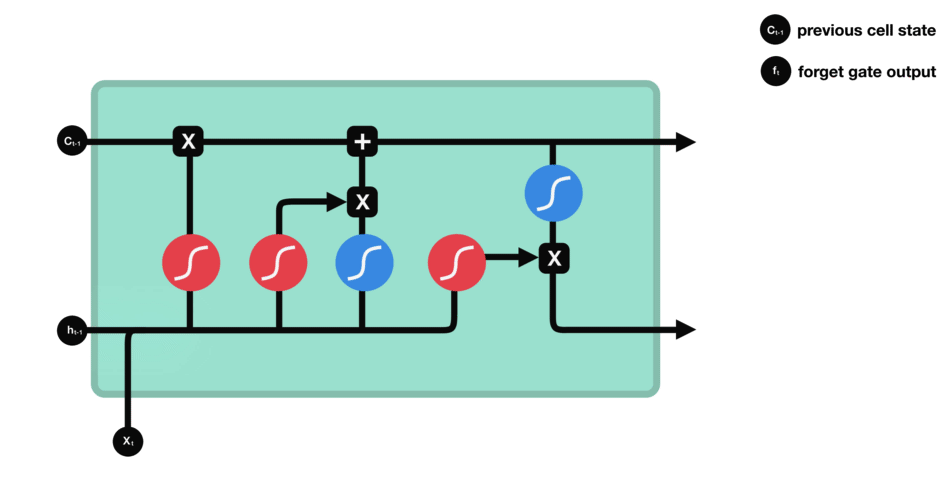Introduction to LLM's: Architecture and Components - Recurrent Neural Networks (RNNs)
Long-Short Term Memory (LSTM) networks are a type of Recurrent Neural Network (RNN) specifically designed to address the limitations of traditional RNNs. In this article, we'll dive deep into the architecture, components, and applications of LSTM networks.
Table of Contents
- What are RNNs?
- Limitations of Traditional RNNs
- Introducing LSTMs
- LSTM Architecture
- LSTM Components
- Applications of LSTMs
- Conclusion
What are RNNs?
Recurrent Neural Networks (RNNs) are a type of artificial neural network designed to handle sequential data, such as time-series data or natural language. RNNs have a unique feature called memory, allowing them to remember previous inputs and use this information to influence their output.

Limitations of Traditional RNNs
Traditional RNNs have some limitations, one of which is the vanishing gradient problem. This issue arises when training RNNs with backpropagation through time (BPTT), causing gradients to become too small or too large, leading to slow convergence or instability in the learning process. This problem makes it difficult for RNNs to learn long-term dependencies.
Introducing LSTMs
Long-Short Term Memory (LSTM) networks were introduced by Hochreiter and Schmidhuber in 1997 to overcome the limitations of traditional RNNs. LSTMs can learn long-term dependencies without suffering from the vanishing gradient problem, thanks to their unique architecture and gating mechanism.

LSTM Architecture
The LSTM architecture consists of several components:
- Input Gate: Determines which information from the input should be stored in the memory cell.
- Forget Gate: Decides which information to discard from the memory cell.
- Memory Cell: Stores the relevant information from the input and previous time steps.
- Output Gate: Decides which information from the memory cell should be output.

LSTM Components
LSTMs consist of the following components:
- Input Layer: Receives the input at each time step and passes it to the gating mechanisms.
- Gating Mechanisms: Includes the input gate, forget gate, and output gate, which control the flow of information through the LSTM.
- Memory Cell: Holds the information from previous time steps and the current input, as determined by the gating mechanisms.
- Activation Functions: Sigmoid and tanh activation functions are used in LSTM gates and memory cells to introduce nonlinearity and control the flow of information.
Applications of LSTMs
LSTMs have numerous applications across various industries, including:
- Natural Language Processing: LSTMs are used for sentiment analysis, machine translation, and text generation.
- Time-Series Forecasting: LSTMs can predict future values in financial markets, weather, and energy consumption.
- Speech Recognition: LSTMs can recognize spoken words and convert them into text.
- Music Generation: LSTMs can learn musical patterns and generate new compositions.
Conclusion
Long-Short Term Memory networks are a powerful type of Recurrent Neural Network that can learn long-term dependencies without suffering from the vanishing gradient problem. With their unique architecture and gating mechanism, LSTMs have become an essential tool for handling sequential data in various applications, such as natural language processing, time-series forecasting, and speech recognition.